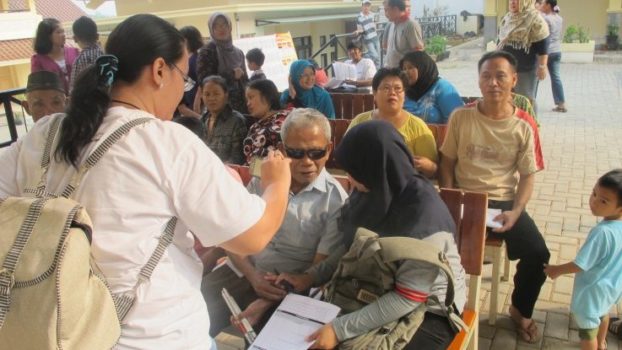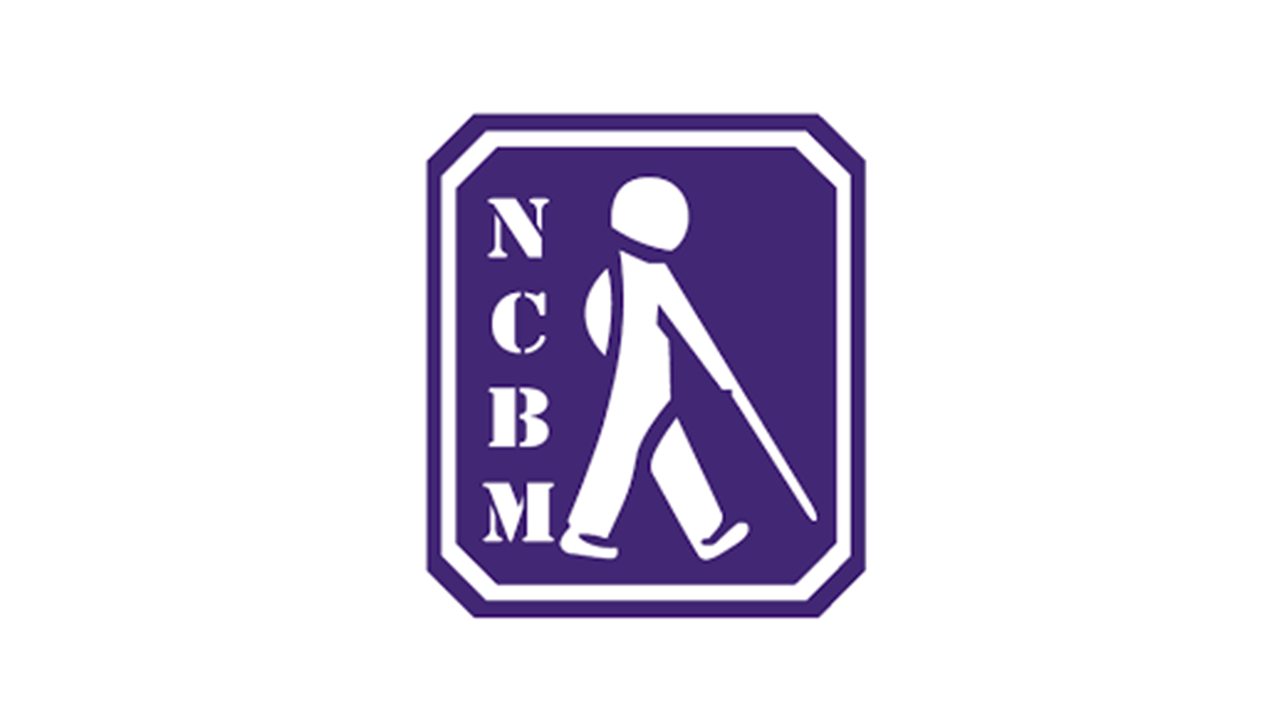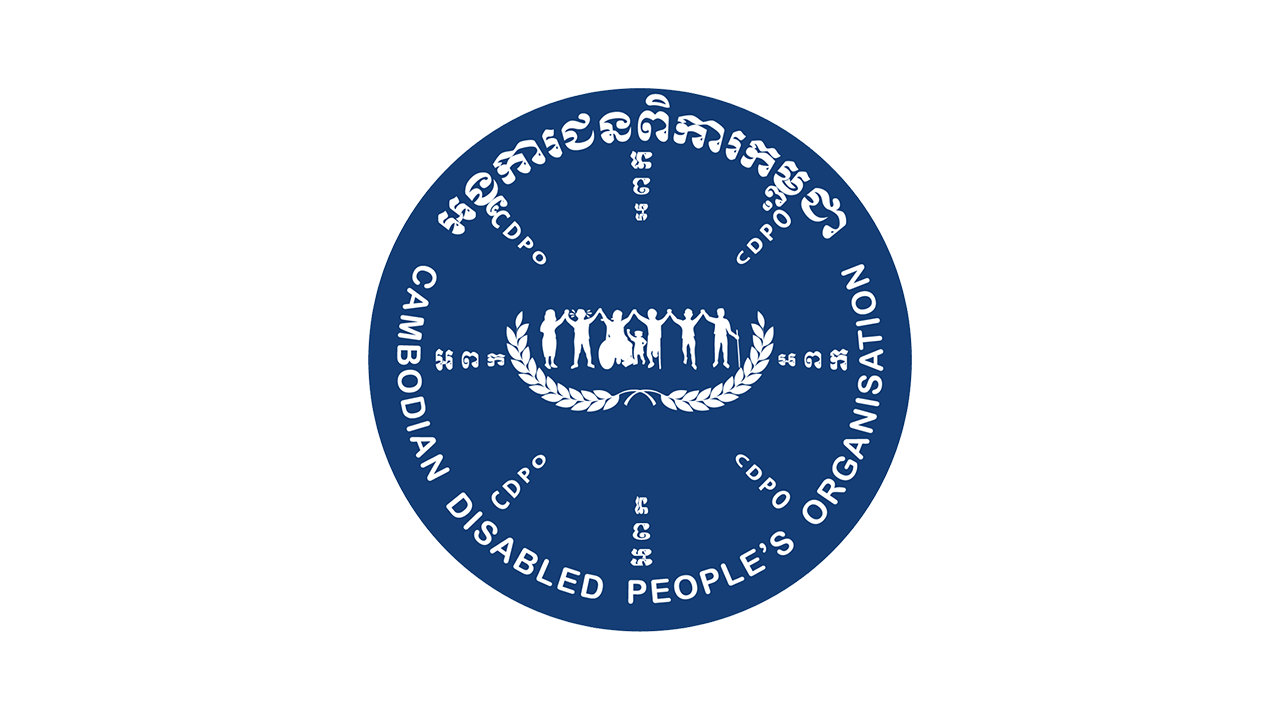By: Dipo Djungdjungan Summa.
On July 11 2012, AGENDA conducted election monitoring during the Jakarta gubernatorial election. This was the sixth mission AGENDA has organized, following similar missions in four districts in Indonesia and in Cambodia during the commune election.
During this monitoring, 70 observers were deployed to a total of 92 polling stations across five districts in Jakarta. Observers also interviewed 167 voters with disabilities after they cast their vote. In addition to local observers, AGENDA invited international observers, including three from Malaysia and two from Cambodia.
Findings from this exercise suggest accessibility is still an issue in Jakarta. There are at least three areas that need improvement.
First, there is no data on how many voters with disabilities are registered in the polling stations monitored. According to the manual of the General Election Committee (Komisi Pemilihan Umum, KPU), data on disability is supposed to be recorded in the “remarks” column of the final voter list. Without this data, it is difficult for poll workers to anticipate what kind of service they must provide for voters with disabilities. Although poll workers in 11 of the monitored polling stations knew the number of voters with disabilities in their area, this was from their own personal knowledge – not from an effective registration process.
The second issue involves poll workers. Many seemed to lack knowledge on proper election procedures and the types of service that should be provided for voters with disabilities. For instance, only 28 polling station chiefs (30%) explained the braille template, while the remaining failed to do so. Additionally, 28 of 60 (40%) voters with visual impairments claimed polling station officers did not ask whether or not they needed assistance to cast their vote. There were also many cases where poll workers allowed a voter with disabilities to have an assistant present, without having the assistant sign the assistance form. This happened to 40 out of 60 assistants for persons with visual impairment and seven out nine assistants for persons with intellectual disabilities.
The third issue lies in logistics. Thirty-five of 92 polling stations were located in places difficult to access for persons with a mobility impairment. Many polling stations were located in crowded, residential areas, making it difficult to build a polling station with enough space. Some ballot boxes were also put on a table with a combined height of more than 100 centimeters, making it difficult for wheelchair users to insert the ballot paper independently. This was seen in 42 polling stations (46%). Additionally, 32 polling stations did not use tables with an empty space underneath the voting booth so voters with wheelchairs could vote with relative ease.










